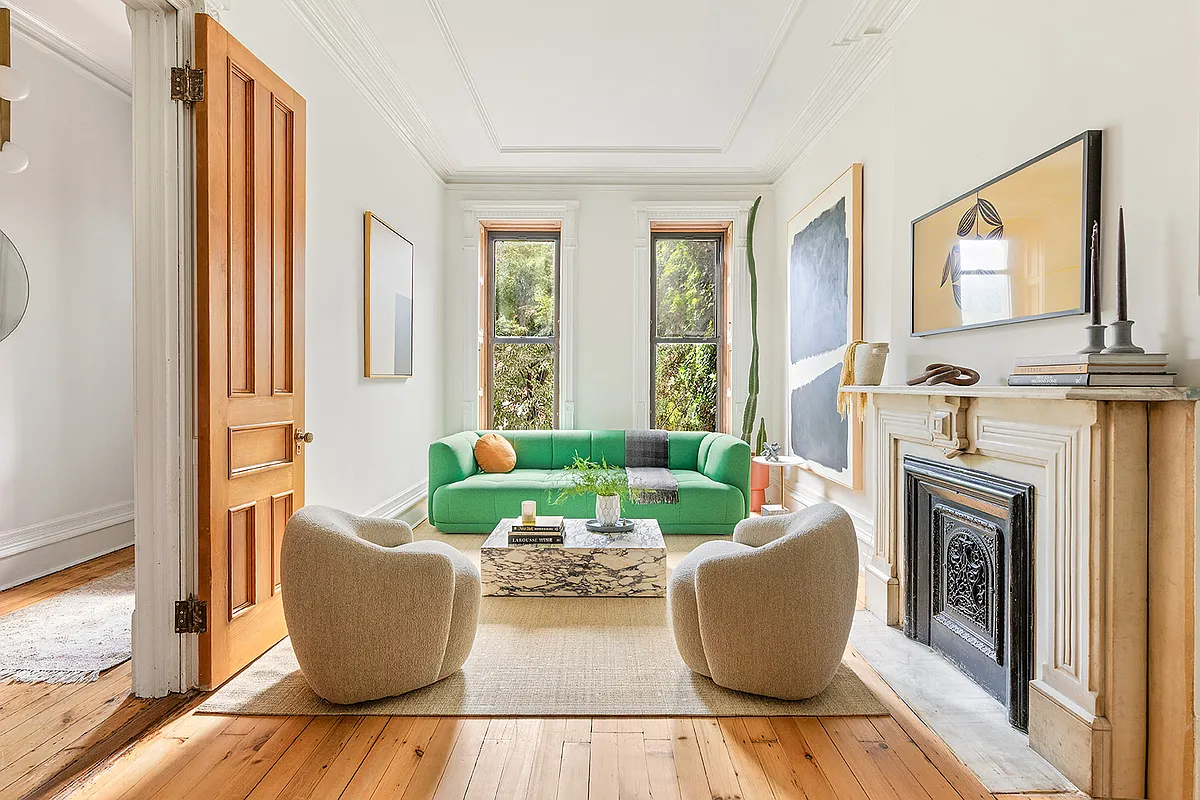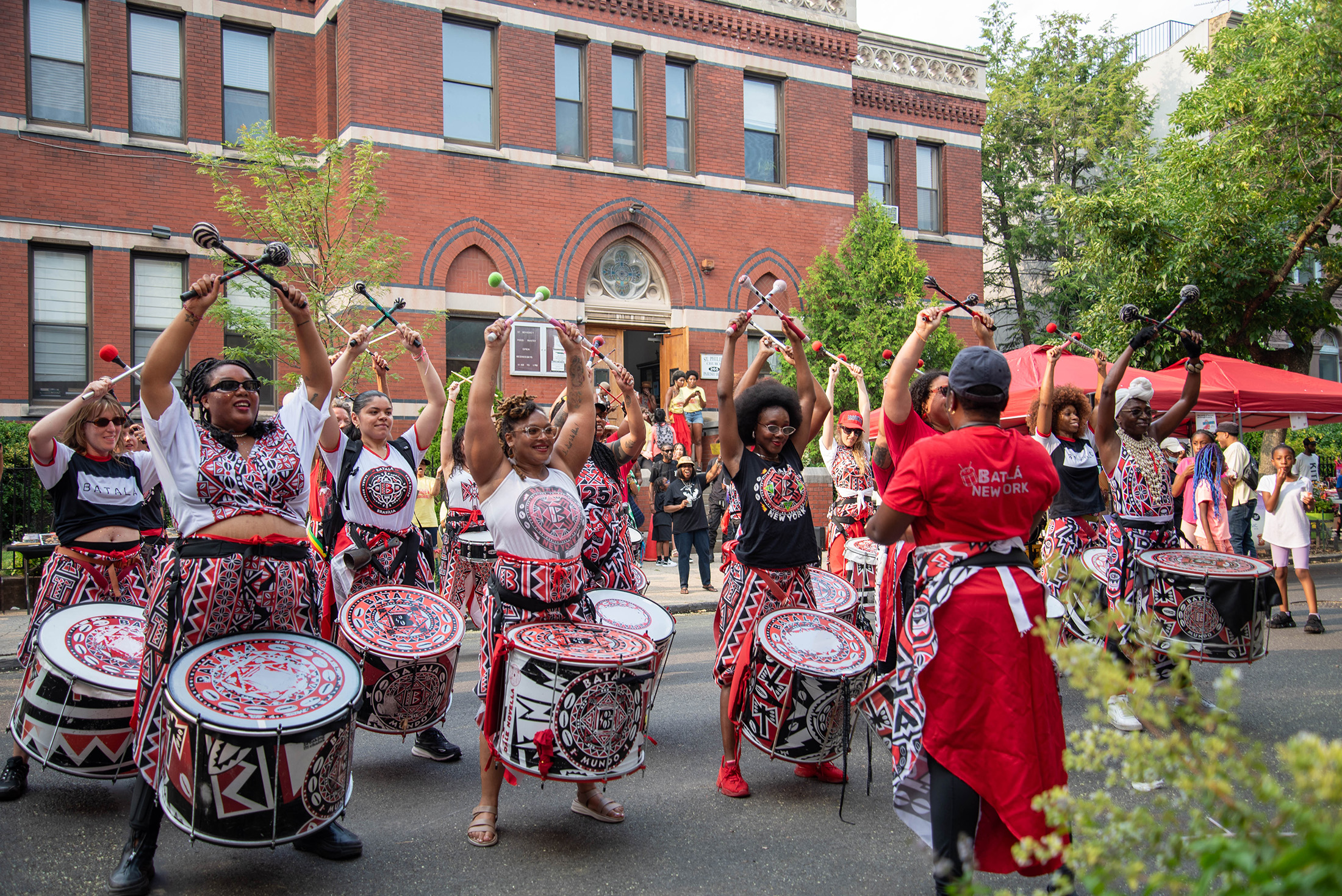Stopping Big Rent Hikes at Ex-Mitchell-Lamas
The state has closed a loophole that allowed landlords to enact huge rent hikes upon exiting the Mitchell-Lama program. Under the loophole, owners of Mitchell-Lama rental buildings constructed before 1974 will no longer be able to raise rents to market rate by claiming that leaving the program amounts to a unique and peculiar circumstance. (Instead,…


The state has closed a loophole that allowed landlords to enact huge rent hikes upon exiting the Mitchell-Lama program. Under the loophole, owners of Mitchell-Lama rental buildings constructed before 1974 will no longer be able to raise rents to market rate by claiming that leaving the program amounts to a unique and peculiar circumstance. (Instead, the units will become rent-stabilized.) The new regulation comes as government programs like Mitchell-Lama subsidize fewer and fewer units in the city: Between 1990 and 2006, the city lost 27 percent, or 32,422, of its apartments in subsidy programs, according to data from the Community Service Society. Although the regulation may have an impact on many of Brooklyn’s Mitchell-Lama buildings, it won’t matter at its largest one. The present or future owners of Starrett City could bring rents at the 5,800-unit complex to market rate if they left Mitchell-Lama, since the development was completed in 1974.
Albany Bars Rent Rise for Thousands [NY Times]
Starrett City’s Owners Look to Leave Mitchell-Lama [Brownstoner]
Photo by West Side Neighborhood Alliance.





Wow, white guys should obviously not wear those kinds of hats while campaigning for a modicum of social justice. Being mistaken for an artist is even worse than I thought!
Ah, another post from Brownstoner about rent protections in NY…and another bunch of semi-literate and less than semi-informed posts about how rent protection deprives landlords of the profits they deserve. Hve any of you actually read the rent protection laws? Do you know that those laws ensure that landlords make a profit? Probably not, since it’s so much easier to toss comments out on a blog than to actually inform yourself before you start typing.
So here’s one fact for you all: the median income of rent protected tenants is under 35K; the median income of rent protected landlords is 65K.
Abolition of rent protection in New York will not make market rents come down. Only an over-abundant supply of housing will do that. So instead of posting meaningless drivel here, why don’t you start lobbying your community boards and elected officials to make that happen.
Oh, right: that would mean educating yourself and doing some work…
Mitchell-Lama buildings are OK in my book. Most of them are high rises; it’s not like they’re brownstones. And, in theory, once your income rises, you have to move out. But anyone lucky enough to win the M-L lottery is going to hide any excess income.
BTW, I do in fact know 2 playwrights who are in subsidized city housing. Yes, they could probably get a job on Wall st. or something, but subsidies allow them to eke out a living in the city. No hard feelings there.
Not sure I like going from M-L rules to rent stabilized, though. Near as I can tell oversight of RS apts. is pretty spotty.
10:57… Your tax dollars should fund the poor because if it doesn’t:
Smart people, no matter how poor, will only commute so far, only deal with so much, until they move. So, if we don’t support some kind of lower and middle class, we will have the absolute worst services and OUR quality of life goes down.
So then _I_ will have to move to Ohio, because I no matter how much money I make, I can’t get a meal without disgruntled server, a ride without a disgruntled cab driver, or school teacher, or cop. MY quality of life goes down.
Also many retired and disabled as well.
10:17,
Please explain to me why my tax dollars should fund your desire to live in NYC if you can’t do it for yourself? I don’t need you to clean my toilet or raise my kids I can handle that myself. Thanks.
Most of median America as you describe it live where they can afford without handouts.
Mitchell Lama is middle income housing. Most people in Mitchell Lama have jobs. And your income cannot exceed the guidelines or you do not get in. (Does anyone know what happens if you get into an apartment and then your income rises a great deal?) It is a lottery system.
4K is market for 1BD in manhattan? Only if you are a sucker.
10:17–
I doubt the dude in the picture has ever even cleaned his OWN toilet, much less anyone else’s.